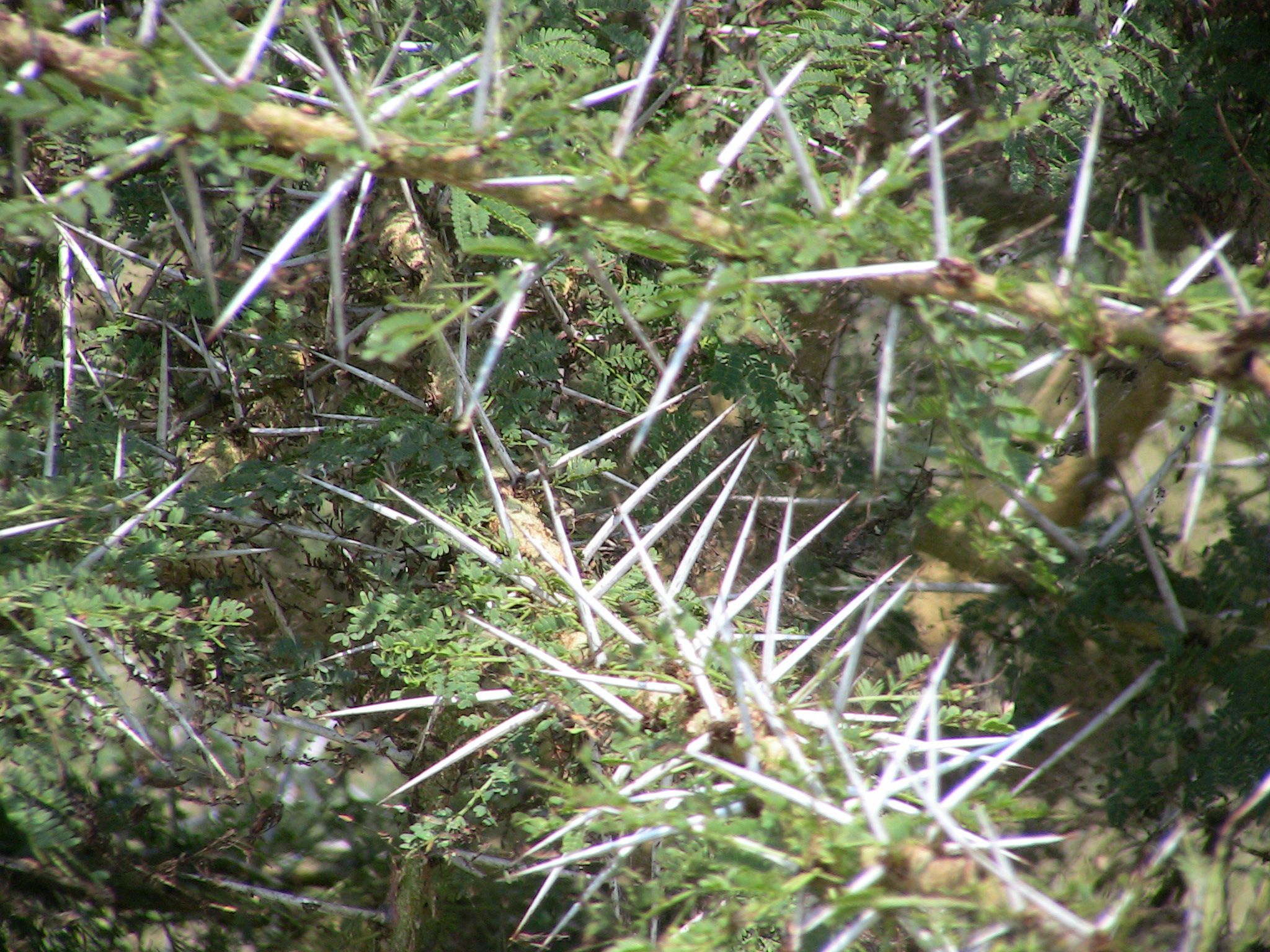Thorn Bush with Black Berries – Growing and Caring for Blackberry Shrubs
Blackberry shrubs are thorny bushes that produce juicy, sweet black berries. They are a popular choice for home gardens due to their productivity and versatility. Blackberries can be eaten fresh, baked into desserts, or preserved as jams and jellies. When planted strategically, their prickly branches also act as a living barrier or hedge. Here is some key information about growing and caring for thorn bushes with black berries:
Blackberry Bush Identification
Blackberries belong to the Rubus genus in the rose family and have the botanical name Rubus fruticosus. They are closely related to raspberries but can be distinguished by their prickly stems. Blackberry canes have strong, sharp thorns along the stems and branches.
The shrubs have green leaves divided into three to five leaflets with serrated edges. White or pale pink flowers bloom on the bush in spring. These develop into aggregate fruits made up of many small drupelets around a central core. When ripe, the berries turn deep black-purple.
Popular Thorny Blackberry Varieties
Some common thorny blackberry cultivars include:
-
Darrow – very hardy and productive; produces large, sweet berries in summer
-
Apache – spineless; bears high yields of large, juicy berries mid-to-late season
-
Triple Crown – thornless; provides a long harvest period for extra-large berries
-
Chester – thorny; an early season variety; resilient producer of tasty berries
-
Ouachita – thornless; highly productive; fruits are medium-sized with excellent flavor
-
Natchez – thornless; frim, juicy berries that are great for eating fresh or cooking
Growing Conditions
Blackberries thrive in full sunlight and moderately fertile, well-drained soil. They require regular moisture and respond well to mulching and supplemental irrigation in dry periods. For best fruit production, blackberries need at least 1 inch of water per week.
The ideal growing zone is 5-10, though some thornless and semi-thornless varieties can survive in zone 4 with protection. Blackberries should receive 8 hours or more of direct sun and have good air circulation.
Plant blackberry shrubs in spring once the threat of frost has passed. Space plants 3-6 feet apart depending on the variety. Trellising or staking helps contain their vigorous growth.
Pruning and Training
Pruning blackberry bushes encourages new growth and keeps plants tidy and productive. It is best done in late winter or very early spring before new canes emerge.
Remove weak, damaged, and dead stems first. Cut back the remaining canes that produced fruit to about 2 feet tall. This stimulates the growth of fresh canes for the next season’s crop. Tip prune new green canes when they reach 3-4 feet tall to encourage branching.
Training blackberries along a trellis or wires in a V, T or Y shape allows them to stay upright and provides good air circulation and light penetration.
Dealing with Thorns
While many modern blackberry cultivars are thornless, some varieties do have thorns along the stems. Use thick gloves and long sleeves when handling them to avoid scratches. For thorny shrubs planted near pathways or play areas, prune back wayward, sideways-growing canes to keep them contained within the shrub.
Pest and Disease Prevention
Proper site selection, pruning, and plant spacing helps prevent common blackberry problems like diseases and insect pests. Water at the base of plants rather than overhead to keep foliage dry and less prone to fungal issues like anthracnose.
Inspect plants frequently and remove any diseased, insect-damaged, or mummified fruits to prevent spread. Apply organic neem oil or insecticidal soap to deter aphids, thrips, mites, and beetles. Include preventative fungicide sprays in your regimen if disease pressure is high.
Harvesting Blackberries
Depending on the variety, blackberries start ripening from early summer into late summer and fall. Pick berries when they are deep black but still firm. Avoid under-ripe red or green berries. The fruits should pull off the plant easily when ready. Pick every few days during peak season.
After picking, refrigerate unwashed blackberries promptly in a shallow container, covered with plastic wrap. They will remain fresh for 1-2 weeks. Enjoy fresh, bake into cobblers and pies, or preserve as jam. Freezing also works well for storing your blackberry harvest.
With their sweet flavor, nutritional benefits, and versatility, blackberry shrubs are a rewarding addition to any garden. Select a type suited for your climate and be diligent with preventative care. The reward will be plentiful, high-quality black berries from your very own thorn bush.
How I Double My Blackberries Every Year!
FAQ
Do blackberries grow on thorn bushes?
What is a prickly shrub like a blackberry bush?
Are blackberry bushes prickly?
What berry bush has lots of thorns?
- A Complete Guide to Caring for Yuki Cherry Blossom Shrub - January 23, 2025
- Identifying Red Hot Poker Seeds: What to Look For When Harvesting Torch Lily Pods - January 23, 2025
- A Complete Guide to Harvesting Evening Primrose Seeds - January 23, 2025

